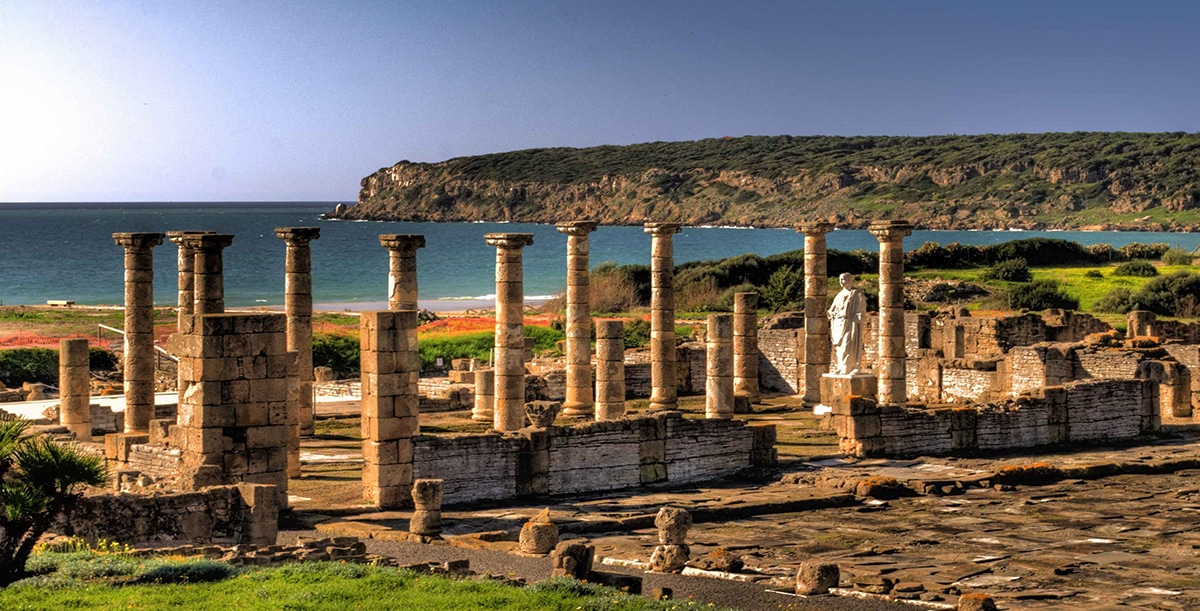
There is a village to south of Spain which is called Bologna. Here, on its beach, on the coast of the Strait of Gibraltar, there is a set of Roman ruins known by the name of Claudia Baelo. They are around 2 years old and are a great treasure.
Today in Actualidad Viajes, history of the Roman ruins on the beach of Bolonia.
Bologna, Spain
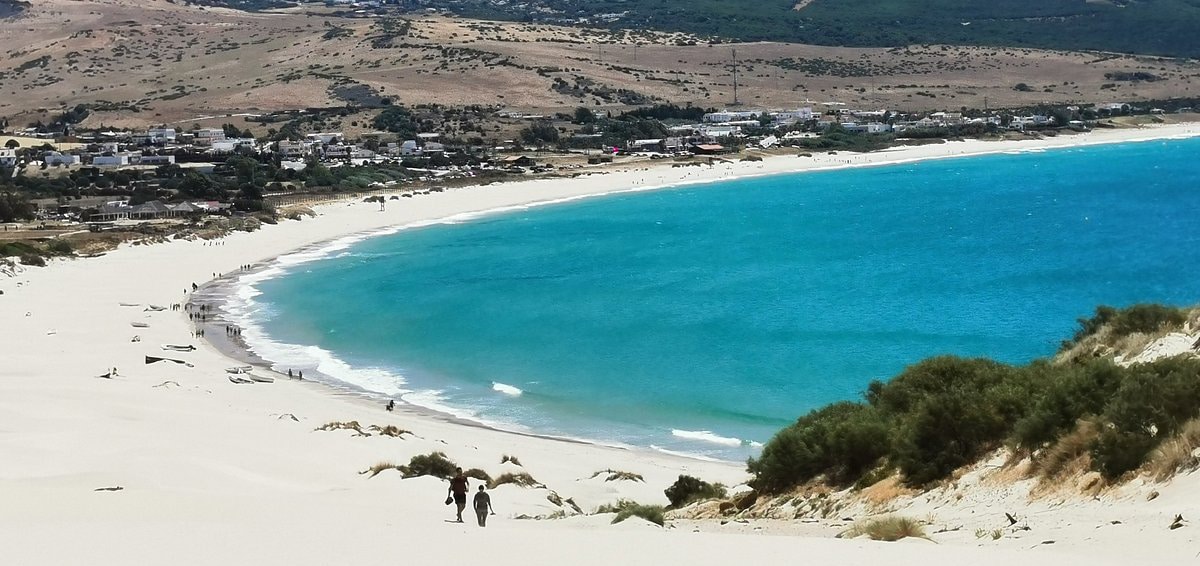
When you listen to Bologna you automatically think of Italy but no, in this case it is a coastal village of the municipality of Tarifa, province of Cádiz, southern Spain. It is on the coast of the Atlantic Sea, just a few 23 kilometers more or less by road from Tarifa, a city that in turn rests on the famous Costa de la Luz that, Strait of Gibraltar through, looks to Morocco.
Bologna is in a bay and the Roman ruins that summon us today are near the beach. Are considered the most complete ruins of a Roman city to date discovered in Spain. Brilliant!
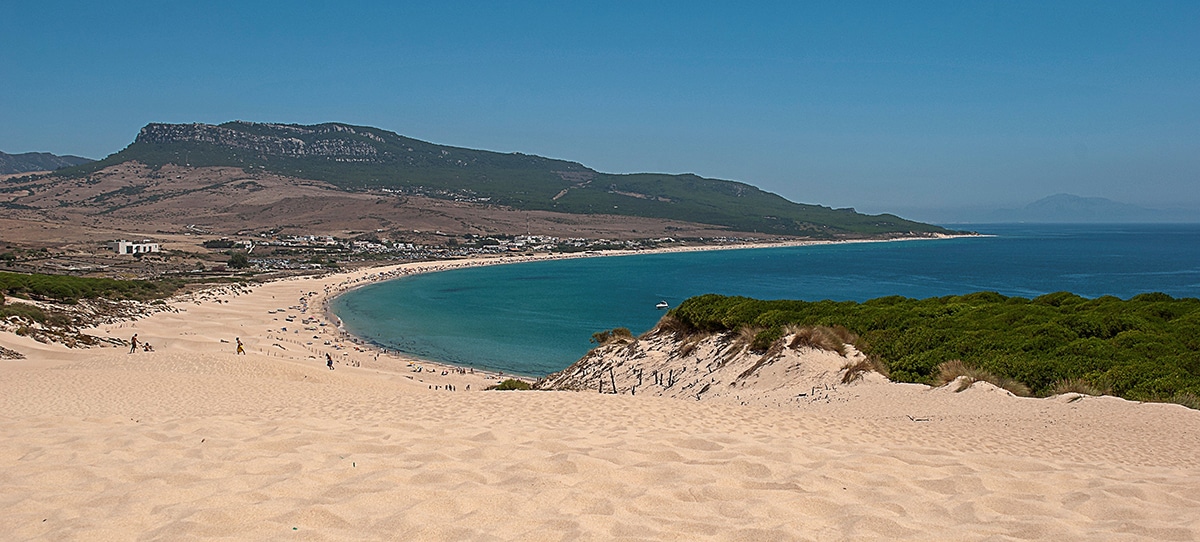
Bolonia beach is around 4 kilometers long and has an average width of 70 meters. Very few people live here, its population does not reach 120 people.
The position of this place is privileged and enjoys wonderful views: the white sands of Bolonia beach go from Punta Camarinal to Punta Paloma, and you can see the hills of San Bartolome to the east and the mountains of Higuera and Plata to the west. Thus, a sheltered cove is created that was once perfect for mooring sailboats.
Roman Ruins of Bolonia Beach
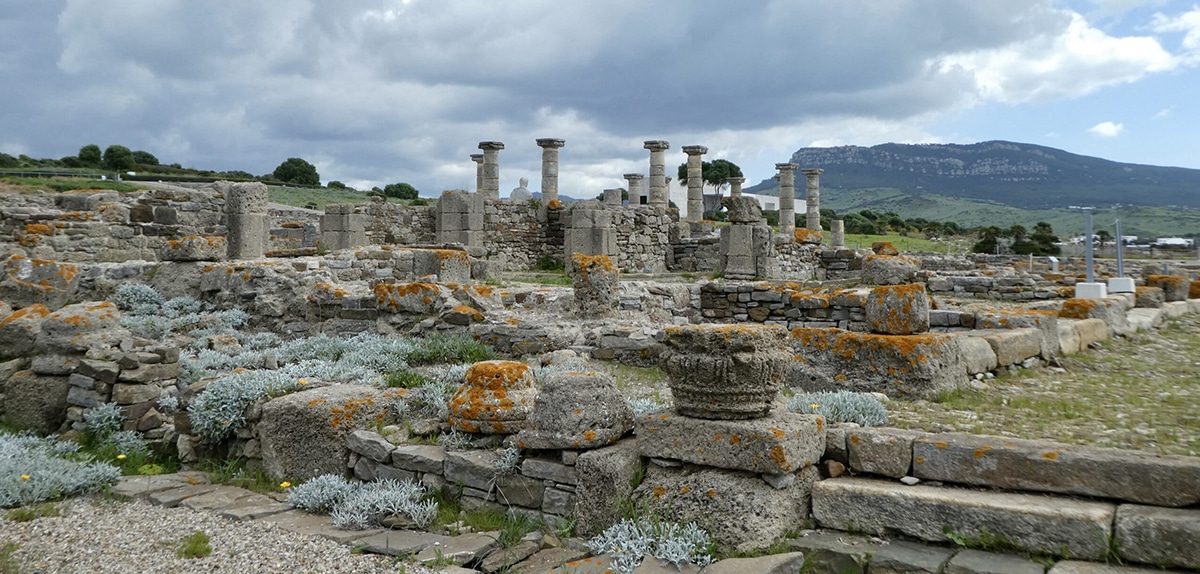
But what about these ruins? They tell us that at some point more people lived here than today, that's for sure. The truth is Baelo Claudia was an ancient Roman city in Hispania. It was originally a fishing village and a commercial bridge and it knew how to be very prosperous in the time of Emperor Claudius, although due to the constant earthquakes it ended up being abandoned around the XNUMXth century.
Claudia Baelo It was founded at the end of the XNUMXnd century BC. to promote trade with North Africa through the tuna fishing, the salt trade and the production of garum (a fermented fish sauce widely used in ancient cooking), although it is also believed that it also had some governmental administrative function.
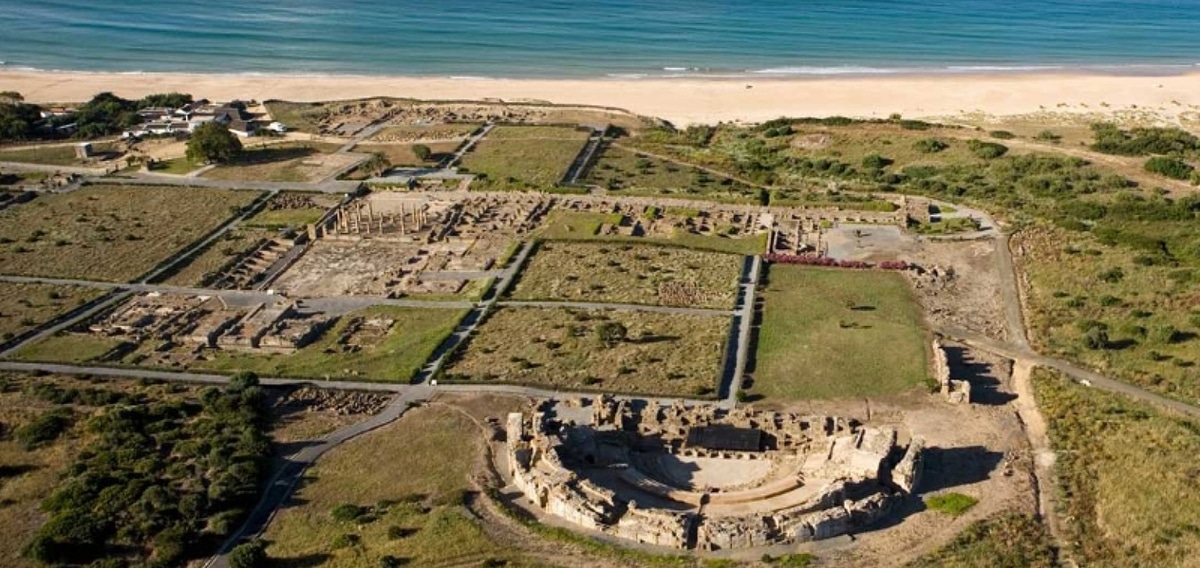
It was in Claudio's time that it earned the title of municipality and its wealth is reflected in the quantity and quality of its buildings. Archaeologists believe that its peak was reached between the XNUMXst and XNUMXnd century BC, but that in the middle of the second century a great earthquake took place that collapsed a good part of the buildings, marking the beginning of its end.
This natural tragedy was followed pirate attacks in the following century, both Germanic and barbarian, so between ups and downs its end came during the sixth century.
Archaeological site of Baelo Claudia
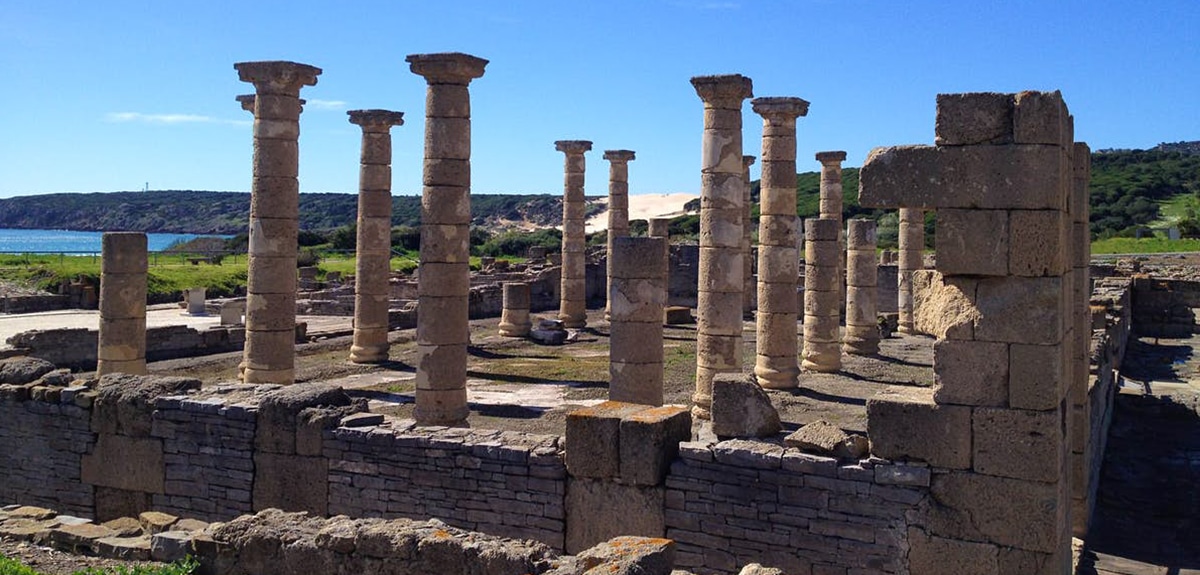
The discoverer of the ruins was Jorge Bonsor. The excavations have brought to light the most complete Roman ruins in the entire Iberian Peninsula and today the temple of Isis, a theater, a basilica, the market can be distinguished ...
The urban layout of these ruins is wonderful and follow the common roman map with two routes, thistle maximus that crosses it at the right angle and then in a north-south direction and the decumanus maximus that goes from east to west and ends at the entrance of the city.
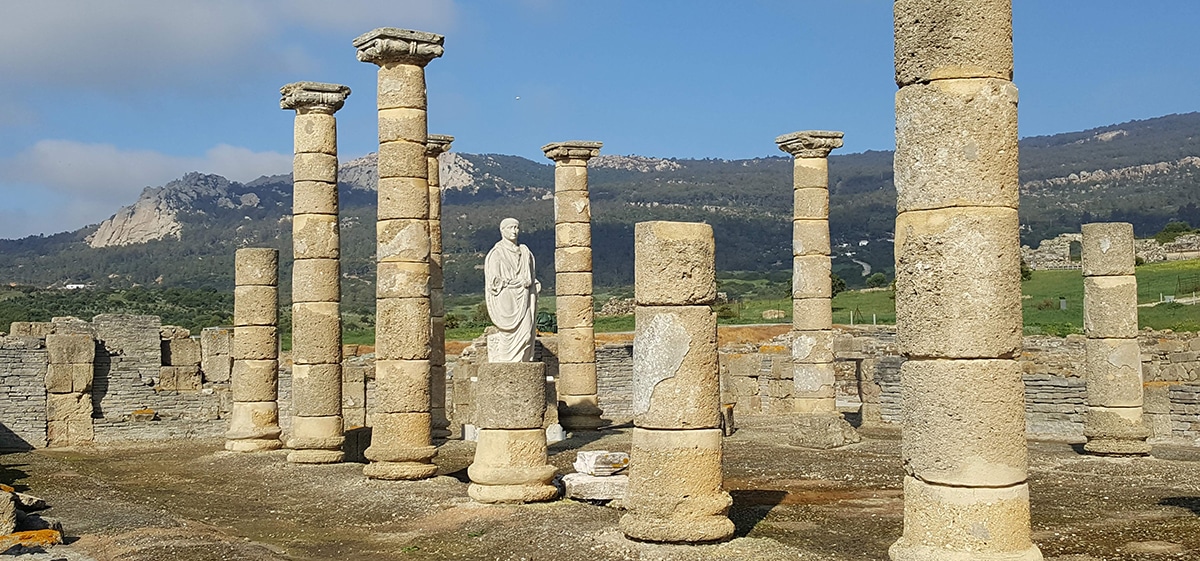
At the point where these two routes intersect was the forum or main square, paved with original stone from Tarifa, still visible and well preserved. The forum was built in the time of Augustus, but the entire city grew exponentially under the rule of Claudius, in the period of the Republic.
Around were the buildings of the public administration. There was also an open plaza with porticoes on three of its sides that access the temple of the emperor, the curia and a meeting room.
In the back there is another important building, the basilica, It had several functions, although the most important was that of the seat of the court of justice. On the left side there have been many buildings built in stone among which are numerous shops, a tavern, for example.
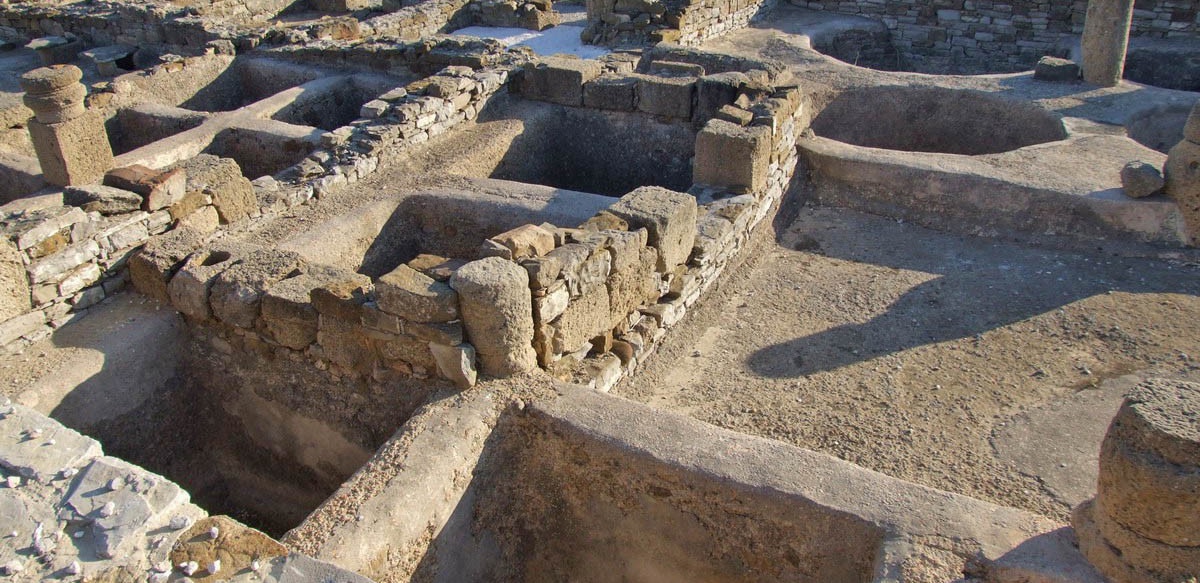
The archaeological site today preserves the most representative of a Roman city, namely the stone walls reinforced with about forty watchtowers, main doors of the city, administrative buildings such as the municipal archive or the senate, the forum, the courts which were presided over by a statue of the emperor Trajan more than three meters high, four temples, three of them dedicated to Minerva, Juno and Jupiter, the other to Isis; the huge theater with capacity for two thousand people and the remains of a market with a special sector for the sale of meat and food with 14 shops and an internal patio, some hot springs and other businesses.
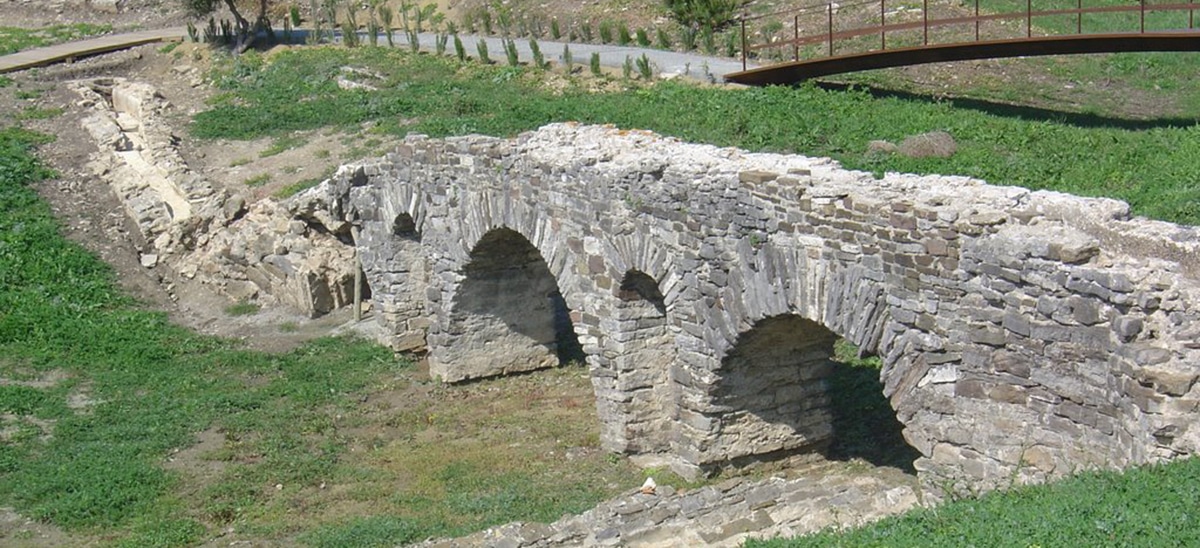
There is no Roman city without an aqueduct, so here in Baelo Claudia there are four. There were four aqueducts that supplied the city with water and were vital to the functioning of the local industry of garum, for example, but also for everyday life in the city. It also included a drainage and sewer system. This was really a Roman city with all the letters and that is why it is a true archaeological treasure.
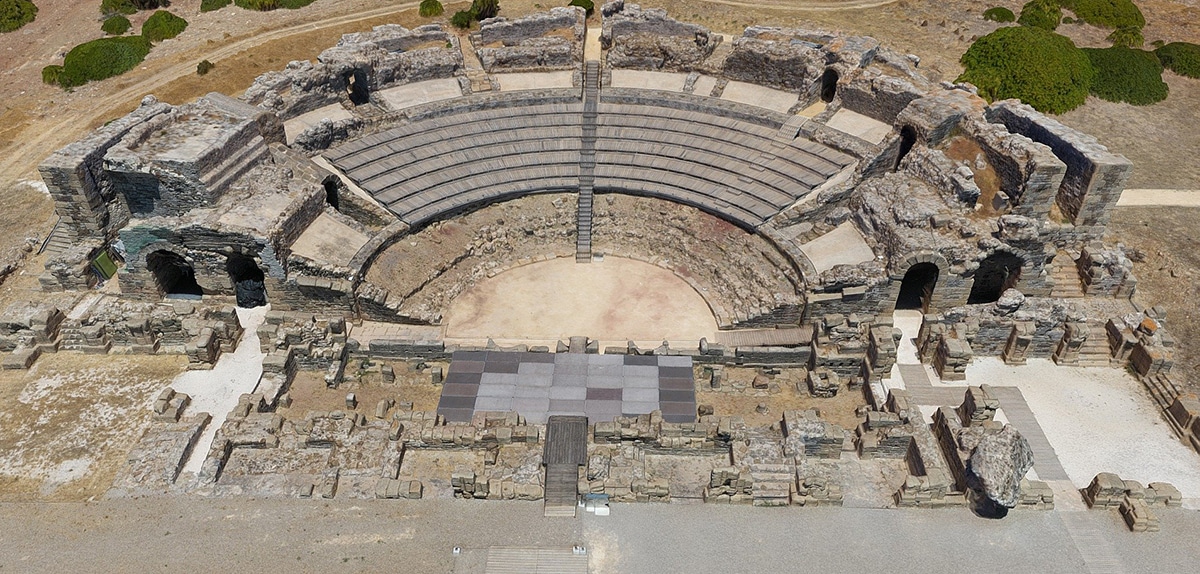
It is one of the archaeological pearls of Andalusia, also counting Italica in the neighborhoods of Seville and Acinipo on the outskirts of Ronda. The ruins have been not only preserved but restored, allowed by the great state of conservation of them.
Today works in the place a visitors Center which is a true portal to the city. It is a concrete building that was quite objected to by local people at the time, but it gets lost quite well in the general dune landscape. There is a central atrium, painted white and with a glass balcony overlooking the beautiful coastline.
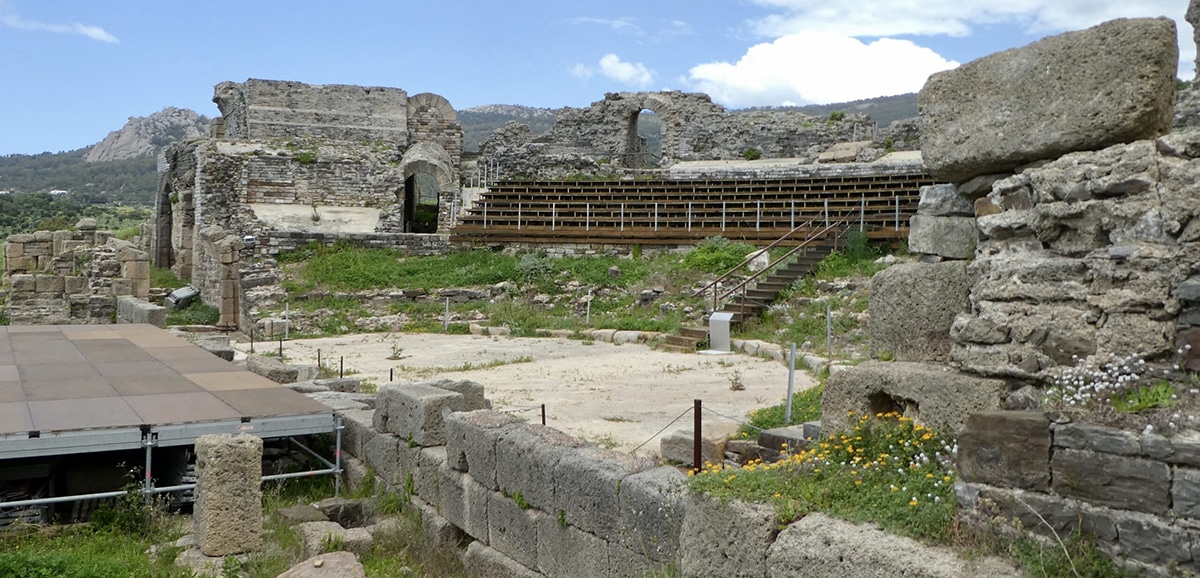
The visit to the center is a good preface to the visit of the ruins since there is a scale model of the city in his prime and a audio guide very good.
In addition, there are some treasures on display such as a marble statue believed to be of some goddess and found in the Puerta de Carteia, one of the main entrances to the city, a lead pipe from the XNUMXst century, a restored column from the basilica and the remains of a marble statue found in the marine baths that represents the nude figure of a male athlete and is known as Doryforus de Baelo Claudia.
The ruins are accessed from the center so there is a suggested route, although of course you can take the route that suits you best. Next to what remains of the eastern access door there is a small stretch of aqueduct that in its original measure was little more than five kilometers long and carried water to the toilets that were to the west. It is believed that these baths were both sports and leisure and as usual had a huge and luxurious hot spring and a smaller and private one.
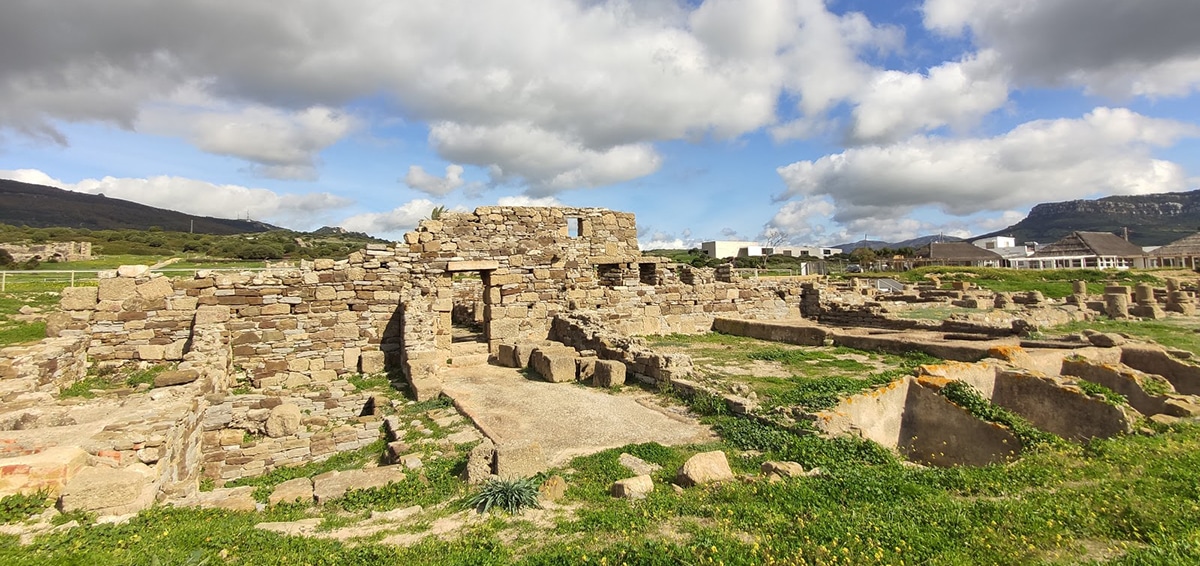
Among other social spaces was the forum square, in which 12 columns are still preserved around it, the basilica and as we said before the theater that is one of the most completely preserved and restored spaces. It is on a natural slope and the entire seating area is restored. It is even used nowadays as a modern setting in summer productions of the Spanish classical theater.
Later, in the extreme southeast of the site, there is a maritime center It is very important to visit to finish understanding the city and its history. Its about industrial district, from the place where the salt baths, where the tuna was cleaned and salted to preserve it. This was the industry that made Baelo Claudia enrich and you can even see the restored nets that the Romans used at that time to fish size fish.
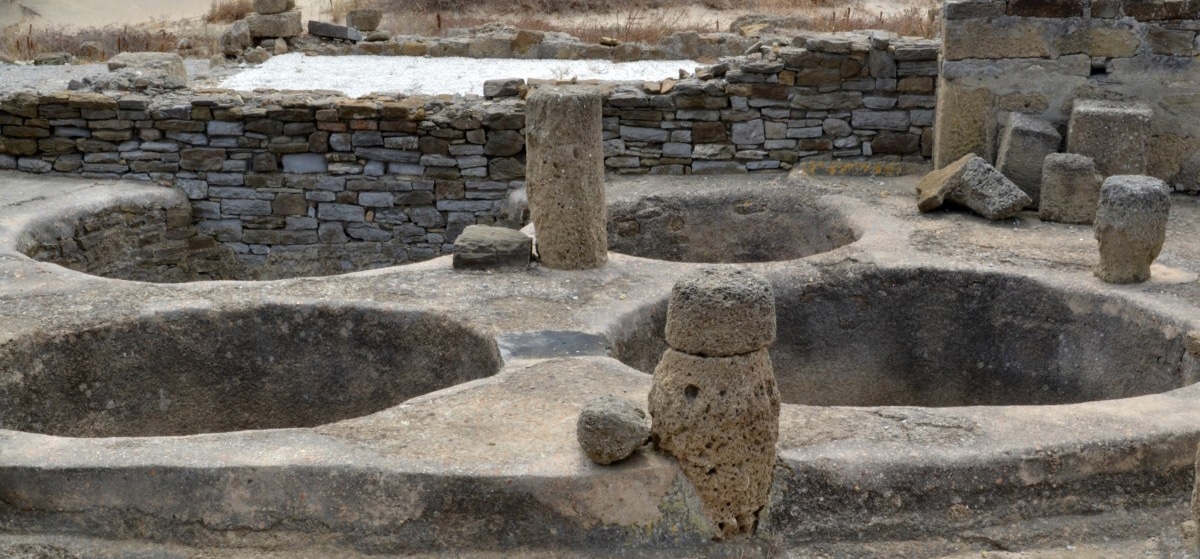
One last fun fact? In 2021 Baelo Claudia was the scene of the filming of the Netflix series, The Crown. It briefly became Egypt when the series showed Lady Di's visit to Egypt in 1992.
Baelo Claudia practical information:
- Opening hours: From January 1 to March 31 and from September 16 to December 31, it opens from Tuesday to Saturday from 9 am to 6 pm and on Sundays and holidays from 9 am to 3 pm. From April 1 to June 30, it opens from Tuesday to Saturday from 9 am to 9 pm and on Sundays and holidays from 9 am to 3 pm. From July 1 to September 15 it opens from Tuesday to Saturday from 9 am to 3 pm and from 6 to 9 pm and Sundays and holidays from 9 am to 3 pm. On Mondays it closes.
- The public holidays in rate are July 16 and September 8 and those days the site is open from 9 am to 3 pm.
- In summer you can enjoy shows in the amphitheater.
- There are guided tours with price arrangement.
- Admission is free for EU citizens with passport or ID. Otherwise it costs 1,50 euros.
- How to get: from Tarifa on the N-340 road to kilometer 70.2. Turn towards CA-8202 and follow a local road that reaches the village of Ensenada Bolonia. Go straight instead of turning left towards the beach and in 500 meters you will see the visitor center and free parking on the left side.
- Location: Ensenada de Bolonia s / n. Tarifa, Cádiz. Spain.